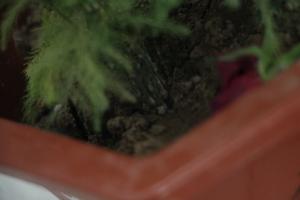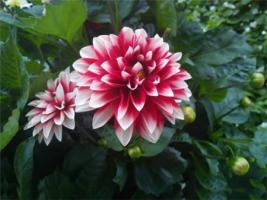Introduction
Stormwater is rainwater that flows over the ground during and after a rainstorm. In many urban areas, stormwater runs off streets, sidewalks, and roofs and enters the storm sewer system, which then discharges to streams and rivers. This water carries pollutants such as oil, trash, and sediment, which can harm aquatic life and water quality. To mitigate these impacts, stormwater plants are built to remove these pollutants before they enter waterways.
What is a stormwater plant?
Stormwater plants, also known as stormwater management facilities, are man-made structures designed to remove pollutants from stormwater runoff. They can take many forms, from small rain gardens to large detention ponds. The basic principle behind stormwater plants is to allow the runoff to be detained and filtered before it enters a waterway. The plants work in conjunction with other stormwater management practices such as bioswales, green roofs, and permeable pavement.
How does a stormwater plant work?
Stormwater plants are designed to remove pollutants through several mechanisms. One of the most common methods is through sedimentation. As runoff enters the plant, it flows into a basin where the water is slowed down, allowing sediment to settle on the bottom. This sediment can then be removed periodically to maintain the effectiveness of the basin.
Another common method is through vegetation. Stormwater plants are typically planted with vegetation that can absorb some of the pollutants, such as nutrients like nitrogen and phosphorus, before the water is discharged. The plants also provide habitat for wildlife and can improve the aesthetics of the area.
Types of stormwater plants
There are several types of stormwater plants, each with its own specific function. Wet ponds are designed to retain water for an extended period to allow for sedimentation, while dry ponds are designed to temporarily detain runoff during heavy storms. Bioretention areas, also known as rain gardens, are shallow depressions planted with vegetation that can absorb pollutants. Constructed wetlands are designed to mimic natural ecosystems and can provide habitat for a variety of wildlife.
Benefits of stormwater plants
Stormwater plants provide a range of benefits beyond just removing pollutants. They can reduce the amount of flooding and erosion by slowing down and helping to infiltrate stormwater runoff. They can also recharge groundwater and help to mitigate the urban heat island effect. Additionally, stormwater plants can provide recreational opportunities and increase property values.
Conclusion
Stormwater plants are an important tool for managing stormwater runoff and improving water quality. By removing pollutants before they enter waterways, stormwater plants can protect aquatic life and human health. They also provide a range of other benefits, such as reducing flooding and improving aesthetics. With proper design and maintenance, stormwater plants can continue to provide these benefits for years to come.

 how many times do yo...
how many times do yo... how many planted tre...
how many planted tre... how many pine trees ...
how many pine trees ... how many pecan trees...
how many pecan trees... how many plants comp...
how many plants comp... how many plants can ...
how many plants can ... how many plants and ...
how many plants and ... how many pepper plan...
how many pepper plan...































